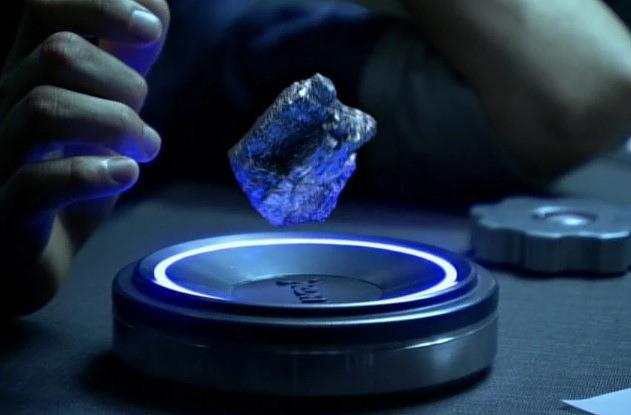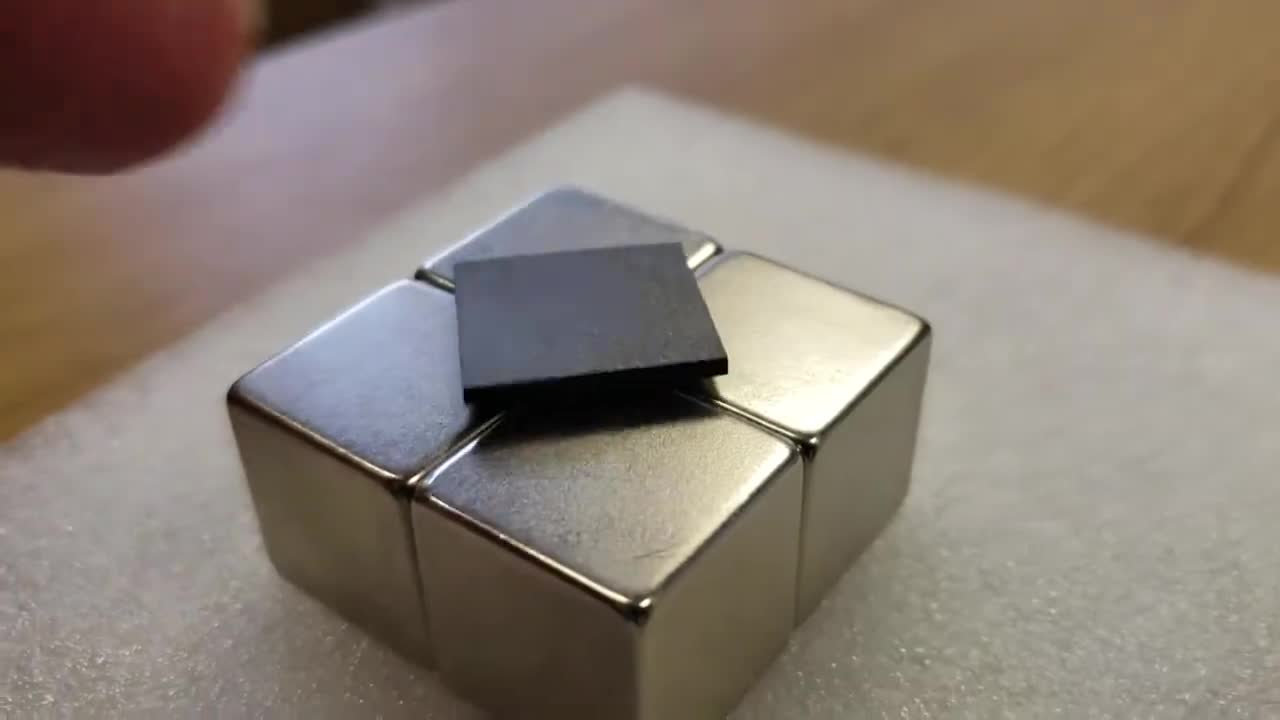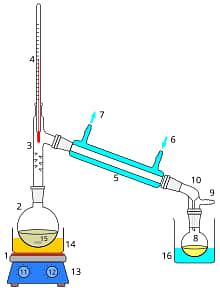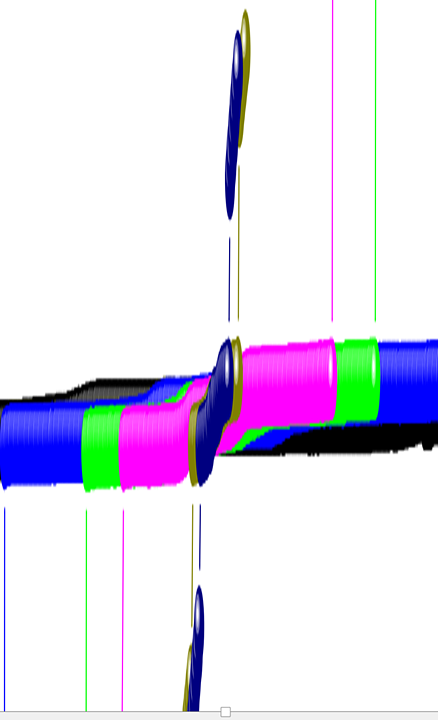Superconductor Pb$_{10-x}$Cu$_x$(PO$_4$)$_{6O}$ showing levitation at room temperature and atmospheric pressure and mechanism
Superconductor Pb$_{10-x}$Cu$_x$(PO$_4$)$_{6O}$ showing levitation at room temperature and atmospheric pressure and mechanism
Sukbae Lee, Jihoon Kim, Hyun-Tak Kim, Sungyeon Im, SooMin An, Keun Ho Auh
AbstractA material called LK-99, a modified-lead apatite crystal structure with the composition Pb$_{10-x}$Cu$_x$(PO$_4$)$_{6O}$ ($0.9<x<1.1$), has been synthesized using the solid-state method. The material exhibits the Ohmic metal characteristic of Pb(6s1) above its superconducting critical temperature, $T_c$, and the levitation phenomenon as Meissner effect of a superconductor at room temperature and atmospheric pressure below $T_c$. A LK-99 sample shows $T_c$ above 126.85$^\circ$C (400 K). We analyze that the possibility of room-temperature superconductivity in this material is attributed to two factors: the first being the volume contraction resulting from an insulator-metal transition achieved by substituting Pb with Cu, and the second being on-site repulsive Coulomb interaction enhanced by the structural deformation in the one-dimensional(D) chain (Pb2-O$_{1/2}$-Pb2 along the c-axis) structure owing to superconducting condensation at $T_c$. The mechanism of the room-temperature $T_c$ is discussed by 1-D BR-BCS theory.
54 comments
xirtam-esrevni
- The on-site Coulomb interaction would need to be very strong and infinite. However, the on-site Coulomb interaction is always finite in reality.
- The disorder in real materials would likely prevent the formation of Cooper pairs.
- Cooper pair formation mechanism is absent in these theories.
2. Whats the explanation for the partial levitation.
scicastboard
https://www.youtube.com/watch?v=TlD12QObooc
There are many groups trying to reproduce these data. Perhaps, the fastest way would be for the authors of this work to send samples around to others - that would relieve concerns.
ccnujrzero
cyyooooo00
davidlam-hk-ak47
scicastboard
of ScienceCast @arXiv Labs
lentonen-henri
bonecotech.wordpress.com
Adrian
Peter
Some earthling
Some earthling
jhirsch
https://jorge.physics.ucsd.edu/roomtlevitation.mov
bgrinstein
dirvine
b) Cut the sample in two to give us a fully levitating sample.
c) Why was this not done before the video?
Still leaves the possibility of an extreme diamagnetic material like graphite.




